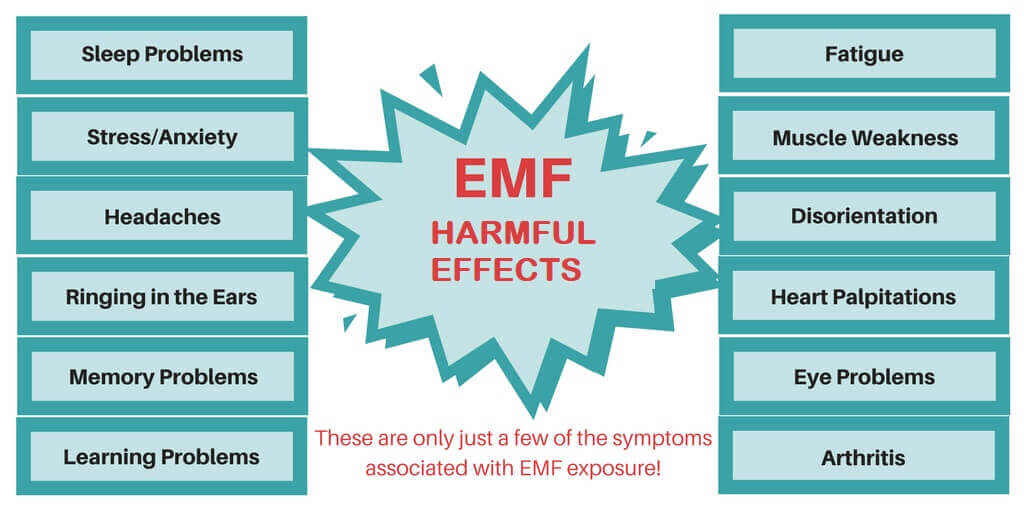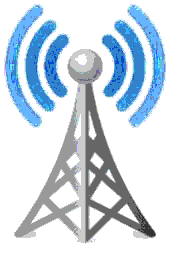EMF and its exposures are one of the most trending topics nowadays. If you have heard about EMF, you must be curious to measure it. Or have you purchased an EMF meter, or are you about to buy one? This blog can relate to you because, in this piece, we will discuss the EMF meter. How to use an EMF meter? What is the normal or safe range of EMF? Why should we use an EMF meter? So, let’s not wait and get in the blog.
What is EMF and Why You Should Care?

EMFs are areas of energy invisible in nature – we refer to them as radiation. But the high-frequency and signal exposure is still unknown. These EMFs can badly affect your health if you do not address the issue. Therefore, it’s one of the most crucial aspects to consider today.
Why Use EMF Meter?
An EMF meter makes invisible EMF waves visible and can assist you in understanding the source and degree of radiation. By this, you can measure the effectiveness of radiation. This will help to create a shield against them.
What Type of EMF Radiation Should You Measure?
With an EMF radiation meter, you can measure only four types of radiation.
1. Microwave Radiations:
These rays are emitted by electronic devices that we use in our daily lives. This may include smartphones, Wi-Fi routers, blow dryers, microwave ovens, induction plates, etc.
2. Dirty Electricity:
They are the type of frequencies that travel through your home’s wiring. These may include power adapters, solar power inverters, switches with a dimmer function, and wireless smart meters.
3. Electric Field:
These are emitted by devices that aren’t shielded. This may include electrical wirings.
4. Magnetic Field:
This radiation generally comes from power lines. This may be caused by bad electrical wiring and other home appliances.
An Example of an EMF Meter
TRIFIELD TF2 is a considerable EMF meter as it meets all the industry standards. Because of its internal hardware, it meets all the latest standards and performs extremely well, like many other latest options available.
Why Do You Need an Expert to Determine a Solution?
You should not follow any DIY technique to measure EMF frequency; it can be risky for your health.
- Fields must be fully studied and scientifically understood before a solution is applied.
- Some fields cannot be practically reduced or eliminated.
- There are many misconceptions of EMF EMR RF on the internet, but the commoner cannot recognize it as they are not experts and do not have a full clinical medical understanding.
What is the Safe Level of EMF?
EMF is still the subject of research and study – we have not fully understood it. Therefore, there is still no safe level, but according to some expert suggestions, there is not any problem with staying with the:
- Standard magnetic 3mG or weighted magnetic 5mG
- Standard or weighted electric 50 V/m
- 0.0200 mW/m2 RF or 1.000 mW/m2
These EMF rates are usually measured in homes and offices, where you can easily feel the low-level EMF frequencies.
How Should I Measure: Standard, Weighted, Or Both?
Some more advanced EMF meters will only let you measure in standard and weighted modes.
Standard MAG or ELEC measures the intensity of the field with the frequency (40Hz-100kHz). Still, weighted MAG or ELEC highlights the high radiations beyond 60Hz as higher frequencies will make better results inside the human body.
For example, a body receives 60 pulses per second at 60Hz, and 120 pulses per second at 120Hz, although the field remains the same.
Hire a Licensed EMF Expert and Protect Yourself
Measuring your EMF frequencies can help you get the best shield against these rays. However, you will need an EMF expert for the right and reliable test. Your expert will help you get the right protection according to the right level of EMF frequency.
Contact electraEMFhealthTM whether you are looking for services for schools, hospitals, or your home. Our licensed team of experts is dedicated to keeping you and your loved ones safe.





Leave a Reply
Want to join the discussion?Feel free to contribute!